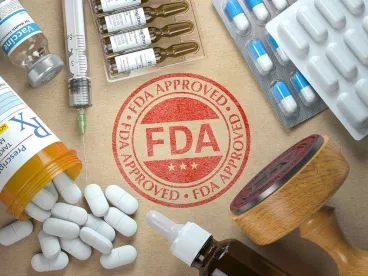On August 15, the U.S. Food and Drug Administration (FDA or the Agency) published the final guidance document, “Informed Consent: Guidance for Institutional Review Boards, Clinical Investigators, and Sponsors” (Final Guidance). The 61-page document supersedes the Agency’s “A Guide to Informed Consent” (Sept. 1998) and finalizes the draft guidance, “Informed Consent Information Sheet” (July 2014).
The document provides general guidance as well as a series of frequently asked questions regarding the FDA’s informed consent requirements for Agency-regulated clinical investigations of drugs, including biologics, and medical devices. These informed consent requirements are found in the FDA’s regulations on the protection of human subjects (21 CFR Part 50), Investigational New Drug Applications (21 CFR Part 312), and Investigational Device Exemptions (21 CFR Part 812). Importantly, such FDA informed consent requirements do not preempt any federal, state, or local laws that require further information to be disclosed for informed consent to be legally effective.
If a drug or medical device clinical investigation is conducted or supported by the U.S. Department of Health and Human Services (HHS), the study may also be subject to 45 CFR Part 46. These regulations include the Federal Policy for Protection of Human Subjects (the Common Rule). The Final Guidance notes that the FDA is currently in the process of harmonizing its own human subject protection regulations with HHS revisions to the Common Rule, which became effective in 2018 (the 2018 Common Rule). In September 2022, the FDA published two proposed rules (here and here) focused on such harmonization of 21 CFR Parts 50 and 56 with the 2018 Common Rule. The Agency cautions that the Final Guidance “does not address possible future changes to the FDA’s informed consent regulations that may be developed as part of [] harmonization efforts.” Future versions of the Final Guidance may focus on such changes.




 />i
/>i
